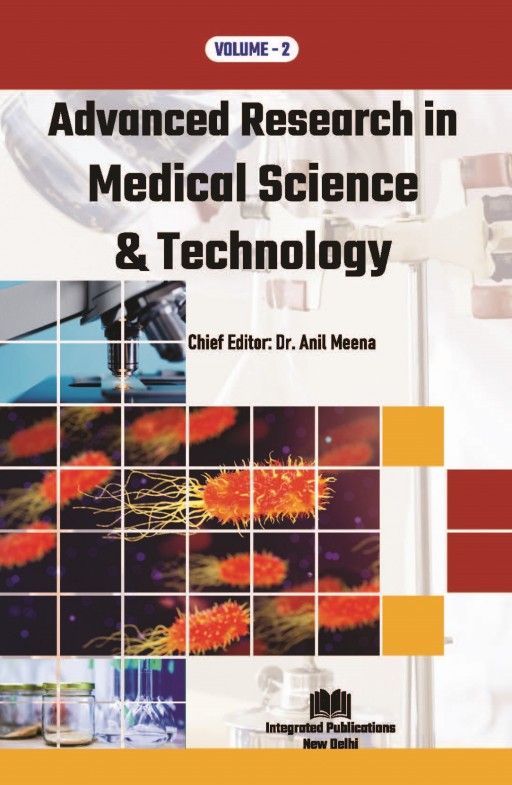Adrenoleukodystrophy: A Metabolic Disorder


Adrenoleukodystrophy (ALD) is a rare and progressive genetic disorder characterized by the accumulation of very long-chain fatty acids (VLCFAs) in various tissues throughout the body. This condition primarily affects the nervous system, leading to the destruction of the myelin sheath, which insulates and protects nerve fibers. ALD predominantly affects males, although rare cases have been reported in females. ALD is caused by mutations in the ABCD1 gene, which encodes a protein involved in the transport of VLCFAs into the peroxisomes for degradation. As a result of the genetic defect, VLCFAs accumulate in the adrenal glands, brain, and spinal cord, leading to the degeneration of white matter and subsequent neurological symptoms [1]. The clinical presentation of ALD can vary widely, with several distinct phenotypes observed. The most severe form is childhood cerebral ALD, which typically manifests between the ages of 4 and 10 years and rapidly progresses to severe neurological impairment and death. Other forms of ALD include adrenomyeloneuropathy (AMN), characterized by progressive spinal cord dysfunction in adulthood, and milder phenotypes such as Addison disease, which primarily affects the adrenal glands.